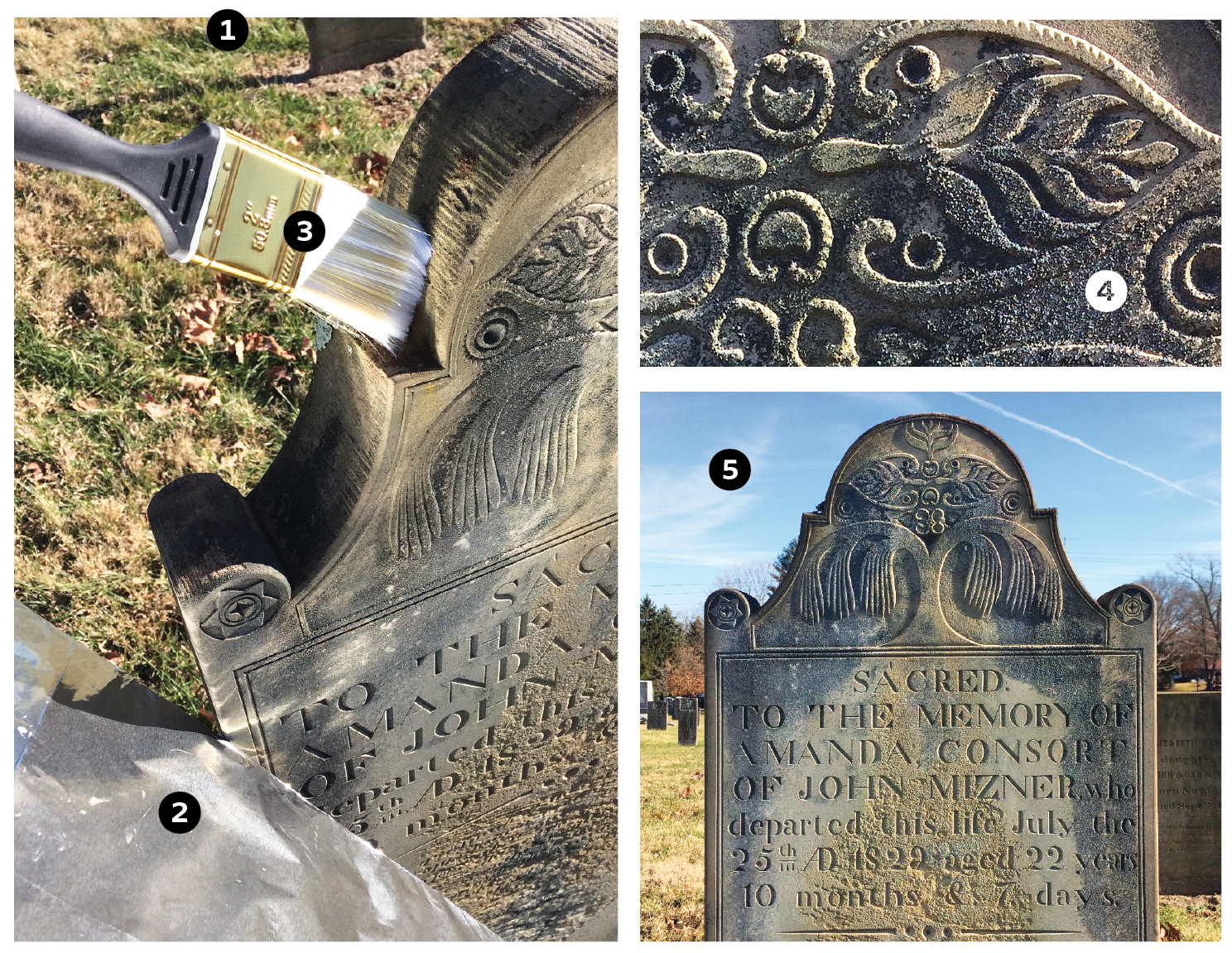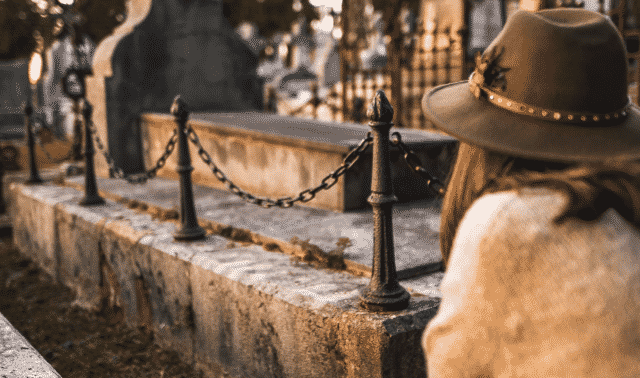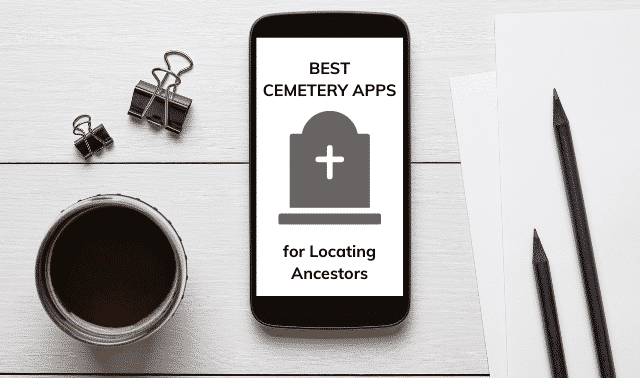Sign up for the Family Tree Newsletter Plus, you’ll receive our 10 Essential Genealogy Research Forms PDF as a special thank you!
Get Your Free Genealogy Forms
"*" indicates required fields

Headstones are some of the most important records for genealogists. But grave rubbings can destroy the very records researchers try to save. Tombstone photographs will give you all the same information without harming these monuments.
Check out these five best-practices for taking photos you can easily read and save for future study.

1. Try to take photos on a sunny day, at a time when the sun hits the tombstone at an angle.
This way, the sun will light inscriptions and also create some contrasting shadows.
ADVERTISEMENT
2. Deflect additional light onto the tombstone surface with a mirror or piece of cardboard covered in aluminum foil.
Don’t use flash photography.
3. Don’t take tombstone rubbings or clean stones with stiff brushes, harsh chemicals or sharp objects.
Don’t remove or harm any plants without the sexton’s permission. Remove loose debris gently with a natural sponge or soft brush and a light water bath (not power washing).
4. Snap several images at different distances and angles.
Ideas include: close-ups of inscriptions, all sides of stone with writing or images; group shots of family grave clusters; the cemetery entrance with the name.
ADVERTISEMENT
5. After taking photos, use contrast and brightness features in your photo-editing software to better illuminate hard-to-read inscriptions.
Add the image to ancestral profiles in your family history software and in online public trees. Upload to gravestone websites such as BillionGraves or Find a Grave.
A version of this article originally appeared in the March/April 2019 issue of Family Tree Magazine.
Related Reads
ADVERTISEMENT








